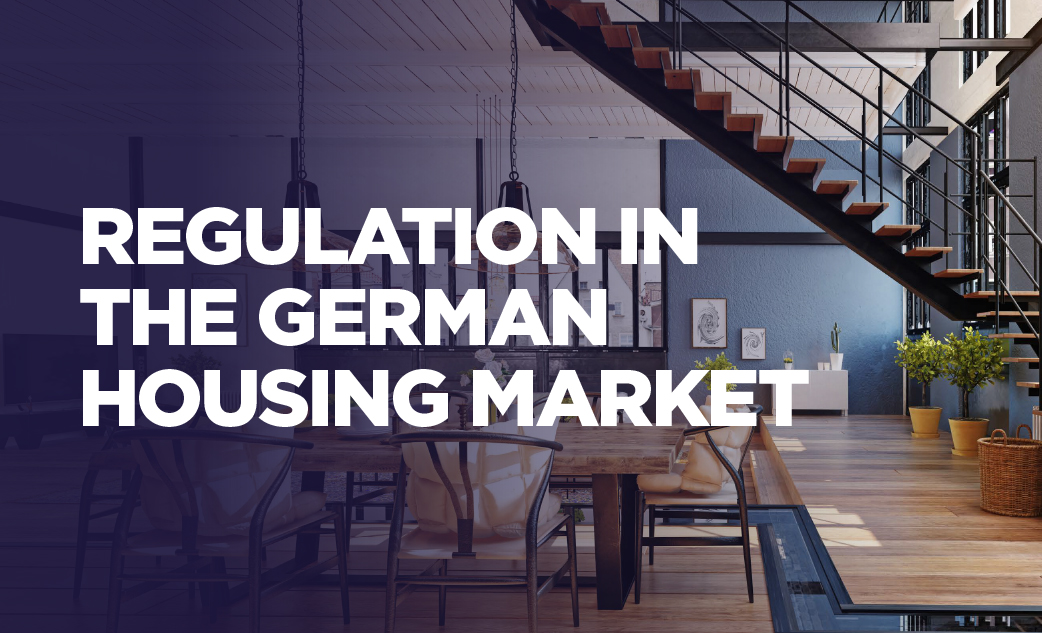Due to its infrastructural importance, logistics and industrial real estate has gained in popularity with investors over the past five years. This is borne-out by a market-data analysis from international real estate consultancy firm Cushman & Wakefield (C&W). Despite a changing interest rate environment, logistics real estate exhibited the highest level of transaction activity in 2023, underlining the robustness of this trend even in economically difficult times.
Since 2018, the logistics and industrial real estate transaction volume has risen steadily, reaching a record of EUR 9.26 billion in 2022. While it fell in 2023 (-37 percent) to EUR 5.82 billion, the asset class has stabilised and recovered much faster than the office and retail properties, especially in recent quarters. For example, there were four portfolio transactions of over EUR 200 million in 2023. In contrast, office properties recorded a drastic decline in transaction volume of 78 percent to EUR 4.40 billion.
Interest rate reversal ensures new distribution of roles
At the end of 2021, the average prime logistics yield within the top-7 markets reached 3.01 percent, the lowest level ever, while core office properties were quoted at an average of 2.76 percent and high street commercial buildings in 1a locations at 3.48 percent. However, the turnaround in interest rates in 2022 was followed by some substantial price and yield corrections.
For example, the prime yield for core logistics properties was 4.00 percent at the end of 2022 and 4.50 percent in December 2023. In contrast, the average prime yield for prime office properties in the top-7 markets rose to 4.78 percent at the end of 2023. Since the 3rd quarter of 2023, the prime yield for first-class office properties has thus exceeded the level of logistics properties for the first time. Currently, the yield spread between the two asset classes is 28 basis points.
Focus on capital value
At the end of 2023, the capital values of core office properties saw a much sharper decline compared to core logistics properties. While they fell by around 22 percent for office properties, the decline for first-class logistics properties was much smaller at 7 percent. However, yield-driven capital value losses were observed in both asset classes, with the office sector being much more severely affected due to structural and economic challenges. In the case of logistics properties, the significant rent increases have prevented more substantial loss of capital value.
Yields and prices expected to stabilise in 2024
C&W sees signs of yield and price-level stabilisation for state-of-the-art and as-new core logistics and distribution properties. Stephan Hägele, Partner Logistics & Industrial Investment at C&W, emphasises: "Even though there is a lack of liquidity among traditional Core investors, a significant increase in interest was already becoming apparent in 2023from Core+ and Value-add investors, who also consider the coming twelve months a great opportunity to enter the German logistics real estate market."
Michael J. Störrlein, Partner Industrial Valuation & Advisory at C&W, adds: "The asset class has not only become ever more firmly established over the past 10 to 15 years; Since the supply bottlenecks of the recent past, the sector’s systemic relevance has become clear in the public consciousness and top locations are no longer replicable."
E-commerce will continue to drive demand for space
According to the German Retail Association (HDE), as inflation continues to ease, e-commerce sales are expected to rise again, strengthening the demand for space. Arnd Sternberg, Head of Logistics & Industrial Agency at C&W, said: "Although the record transaction volumes in 2021 and 2022 were due to e-commerce and the effects of the Covid pandemic, other, long-term, trends, such as outsourcing and nearshoring, which make logistics real estate attractive to investors, still prevail."
For 2024, there are increasing signs of yield and price stabilisation for modern and ESG-compliant core logistics and distribution properties. For institutional investors the major obstacle to acquisition continues to be the procurement of debt capital, including the high equity requirements. But after the first key interest rate cut expected in the course of 2024 and a continued decline in bond yields, C&W expects increasing stability in the market and consequently an increase in institutional investors’ activity.









